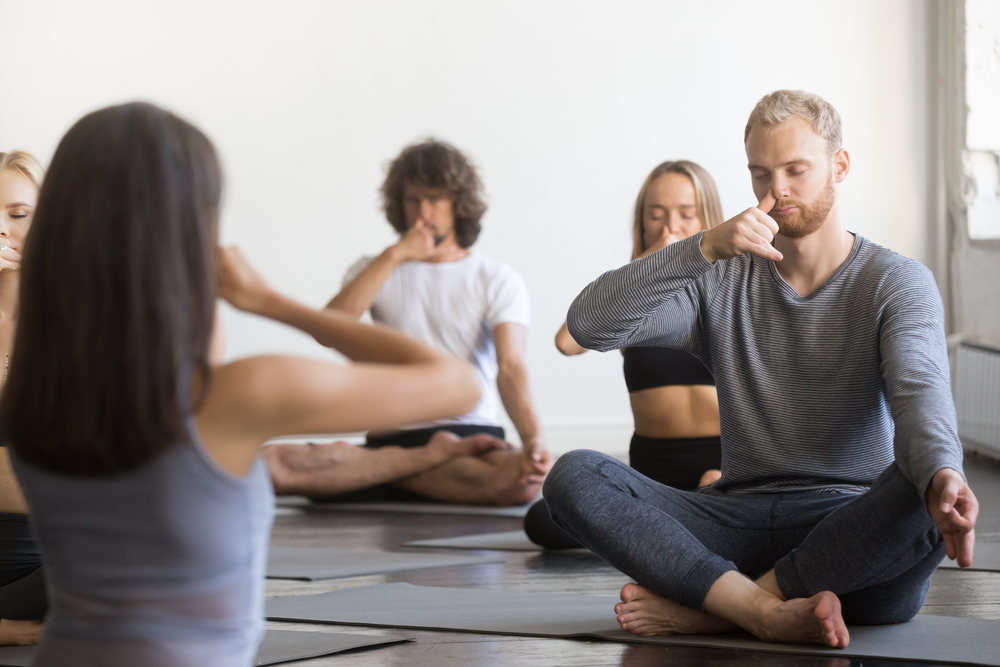

In this lesson, we lay the foundations for pairing aspects of the breath with movement, and for teaching pranayama.
Objective
Understand the parts of the breath cycle, what is necessary for safely teaching kumbhaka and which practices serve different energetic purposes.
Description
Describe the relationship between prana and breathing practices. Define the parts of the breath cycle and explain the energy and effects associated with each. Provide a list of typical movement pairings for the inhalation and for the exhalation. Describe the purpose of pranayama. Explain how pranayama begins and ends, according to B.K.S. Iyengar. Understand why patience is required for safe and effective pranayama practice and a primary caution when teaching it. Discuss the reasons for pairing breath with movement, and the thinking behind which aspect of breath is chosen for various movement types. Provide specific guidelines for pairing the inhalation and the exhalation with various types of movement and poses. Discuss transcending the basic guidelines for various reasons. Describe what is required for safe practice of kumbhaka. Note which pranayama techniques tend to have a stimulating effect, which have a calming effect and those designed to balance energy.
Vocabulary
antara kumbhaka, bahya kumbhaka, kumbhaka, puraka, rechaka
To view this page and thousands more, we invite you to join Yoga Teacher Central, serving teachers since 2012.
You'll get instant access to a massive, organized library of practical and time-tested lessons, plans, and support for yoga teachers and trainers.
The entire site is member-supported and ad-free.